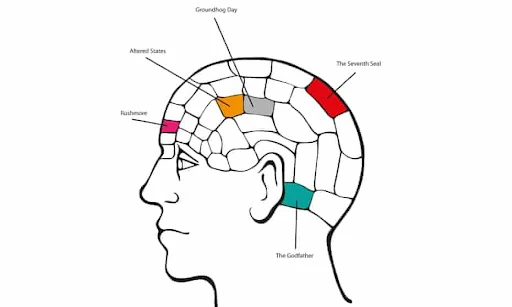Understanding the Factors Behind Shoplifting in Retail Stores
Shoplifting is a persistent issue that affects retailers worldwide. It refers to the act of stealing merchandise from a store without paying for it, leading to significant financial losses for businesses. While shoplifting can occur in any retail establishment, understanding the reasons behind why it happens in specific stores can help businesses develop effective prevention strategies. That's why in this article, I'm exploring some of the key factors contributing to shoplifting in retail stores.
1. Economic Factors:
a. Poverty: Individuals facing financial hardships may resort to shoplifting as a means to obtain essential items they cannot afford. The desperation caused by poverty can drive some individuals to steal out of necessity.
b. Unemployment: High levels of unemployment can lead to increased shoplifting incidents as people struggle to meet their basic needs. A lack of stable income can push individuals towards theft.
a. Store Layout: Retailers with poor store layouts or inadequate security measures may inadvertently create opportunities for shoplifters. Blind spots, poorly placed mirrors, and limited surveillance can embolden potential thieves.
b. Insufficient Staffing: Stores with inadequate staffing levels may struggle to maintain vigilant watch over their premises. Overworked employees may not have the capacity to deter shoplifters effectively.
a. Thrill-Seeking Behavior: Some individuals shoplift for the thrill and excitement it provides. The risk of getting caught can be exhilarating for some, leading them to steal impulsively.
b. Kleptomania: A small percentage of shoplifters suffer from kleptomania, a mental disorder characterized by the uncontrollable urge to steal items, even when they have no financial need for them.
4. Peer Pressure and Social Influences:
a. Peer Pressure: Peer groups, especially among adolescents and young adults, can exert significant influence. Shoplifting may become a group activity, driven by peer pressure and the desire to fit in.
b. Social Acceptance: In some communities or subcultures, shoplifting may be viewed as socially acceptable or even as a form of rebellion against authority.
5. Substance Abuse:
a. Addiction: Individuals struggling with substance abuse issues, such as drug or alcohol addiction, may turn to shoplifting to support their habits. The need for money to purchase drugs can lead to theft.
b. Impaired Judgment: Intoxication or drug use can impair judgment and impulse control, making individuals more likely to engage in shoplifting without considering the consequences.
6. Inadequate Deterrents:
a. Lenient Punishments: In some regions, the legal consequences for shoplifting may be perceived as lenient, which can reduce the deterrent effect of potential criminal charges.
b. Weak Security Measures: Stores with minimal or ineffective security measures, such as anti-shoplifting technology or trained loss prevention personnel, may inadvertently encourage theft.
In conclusion, Shoplifting is a complex issue influenced by a combination of economic, psychological, social, and environmental factors. Retailers must recognize these factors to implement effective prevention strategies, such as improved security, employee training, and community engagement programs. By addressing the root causes of shoplifting, businesses can reduce losses and create a safer shopping environment for both customers and employees.








.jpg)



Comments